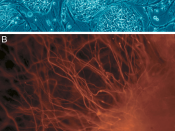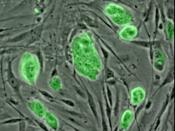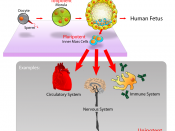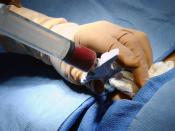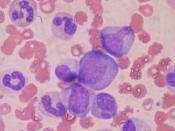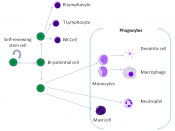Stem cells drawn from bone marrow may make fresh blood vessel in laboratory dishes and by pulling them apart like taffy. Repeated stretching and relaxing of stem cells caused them to morph into something resembling smooth-muscle tissue. Stem cells have the ability to develop into a variety of tissue. However, trying to find ways to trigger cells to develop in a desired fashion or decoding chemical signals that tell the cell what to do is the hurdle researchers will face.
A study at University of California will show that physical manipulation of stem cells may transform them into tissues that could heal injuries or cure diseases. The cells in the study did not have a complete transformation but showed signs they were headed in that direction. The cell transformation may have been completed with the addition of a few chemicals that would signal the cell to finish the job.
The cells in the study were not the controversial types derived from discarded embryos but adult stem cells that reside in bone marrow.
Another study to be presented is how bone marrow stem cells might be directed to make nerves, muscle or bone. This will depend on whether the gel-like material on which they grow in the lab dish is soft like a brain, stiff like a muscle, or hard like bone. A researcher at the University of Pennsylvania suggest that stem cells sense the elasticity of the material surrounding them and may develop into forms that mimic the environment. In one example, researchers are hopeful that injections of stem cell into a damaged heart could replace dead tissue with new cardiac cells. If cells are injected into a dead and scarred heart tissue, then the tissue is more rigid and the cells are injected into an environment that does not promote their transformation.
